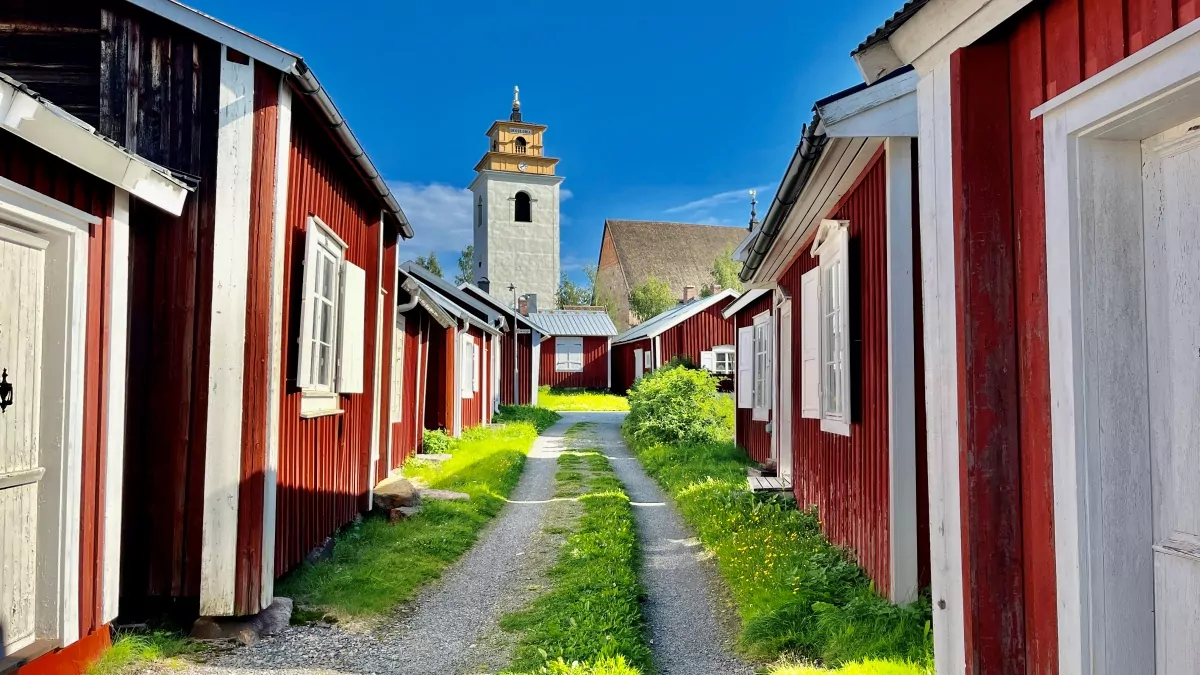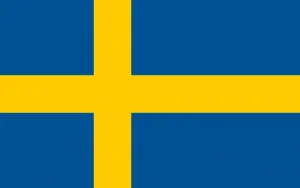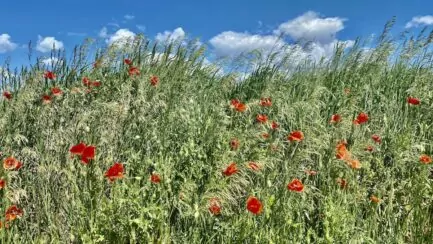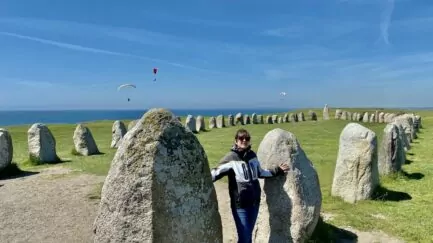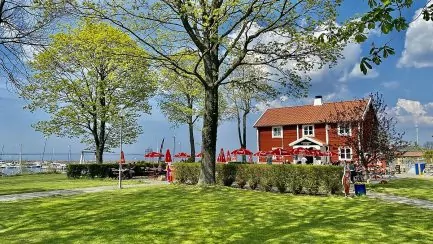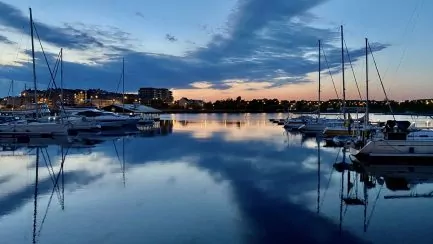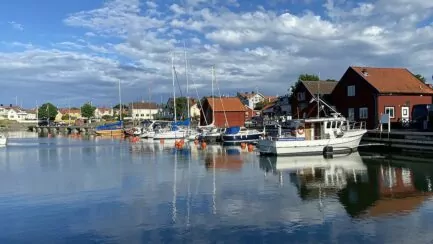Writer: Peter Bergström
The Swedish UNESCO Heritage Route is a themed road that takes you around Sweden to experience the best of our unique heritage. Travel on your own and at your own pace - by car, motorhome, caravan or motorbike.
Table of contents
Svenska UNESCOarvsvägen
Svenska UNESCOarvsvägen is a FREEDOMtravel Theme Road that runs from Tanumshede in western Sweden at Grebbestad and around the whole of Sweden until it ends at Gammelstad in Luleå. You can follow it from any direction, or pick your favourite part (your favourite spots) in the middle. This is an idea to make it easier for you to go on a little adventure. Happy travelling!
Swedish Unesco Heritage Route
Brief facts about the Swedish UNESCO Heritage Route
- Length: 2223 km long
- Start: Tanumshede Grebbestad
- Stop: Gammelstads kyrkstad Luleå
1. The rock carvings in Tanumshede
Outside Grebbestad you will find a Unesco World Heritage Site in the form of the Tanum rock carvings. The area contains over 10,000 images, all of which were carved in the Bronze Age. The images tell us about a time long before us, and it is fascinating to look at the different images and think about what our ancestors wanted to tell us. Don't forget to visit Vitlycke Museum, where you can learn even more about the people of the Bronze Age.
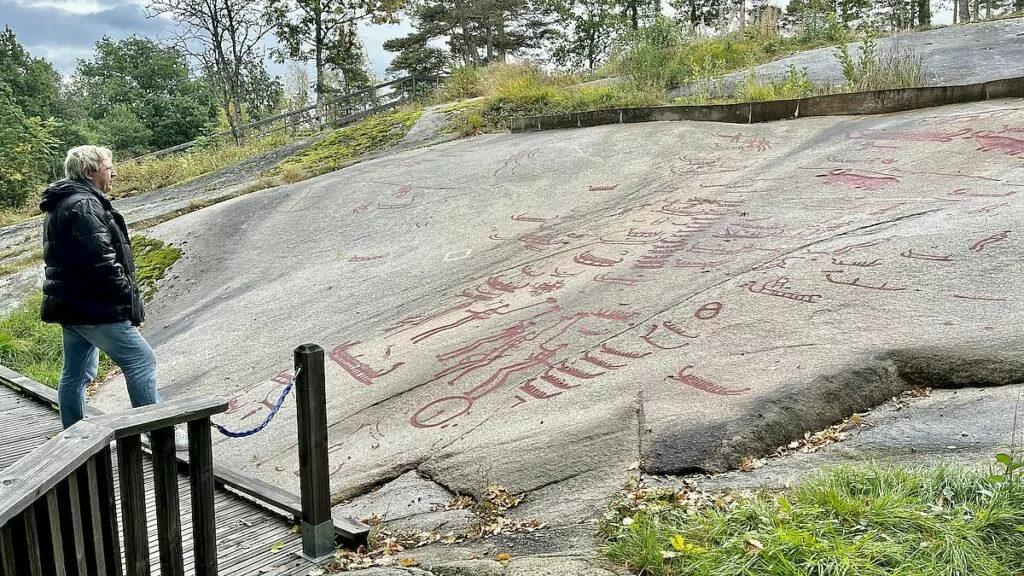
2nd Grimeton radio station
Grimeton Radio Station, a UNESCO World Heritage Site, is a destination for the whole family. There are exhibitions, guided tours and a variety of fun activities for children. If you're not afraid of heights, you can even climb the 127 metre high antenna tower. The background is the experiments carried out by the Swedish inventor Ernst Alexanderson on the other side of the Atlantic, around 100 years ago.
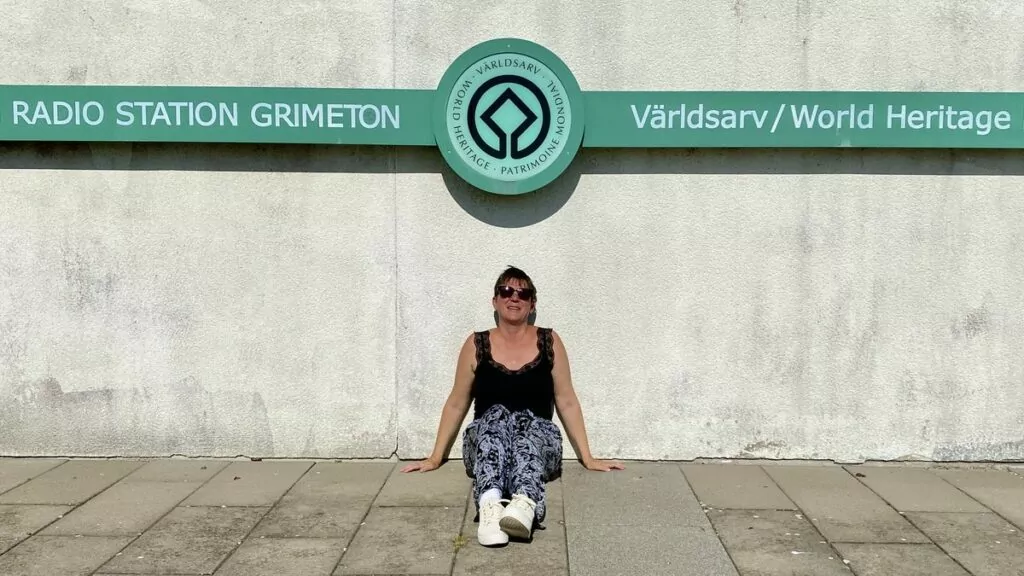
3. Karlskrona
Karlskrona is an archipelago idyll located on an island and surrounded by islands. This really is a lovely town for anyone who likes to be on the coast. The Old Naval Shipyard on Lindsö is part of the Karlskrona World Heritage Site, which is a UNESCO World Heritage Site. More than 400 ships have been built and launched here over the years, and take a guided tour of the washing wheel, the rope-making track and the polhemus dock.
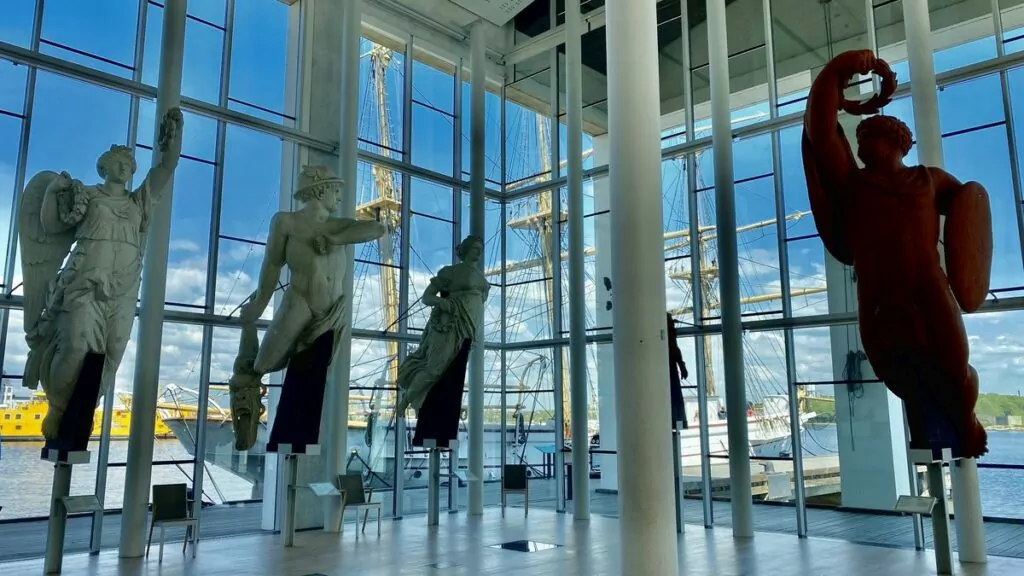
4. Southern Öland's agricultural landscape
Stora Alvaret is a 37 kilometres long and 15 kilometres wide area of alvar land found on the southern part of Öland. This is an area that offers beautiful and different nature. For example, there is the 13 kilometre long hiking trail Stora Alvarleden, which runs from Karlevi to Frösslunda.
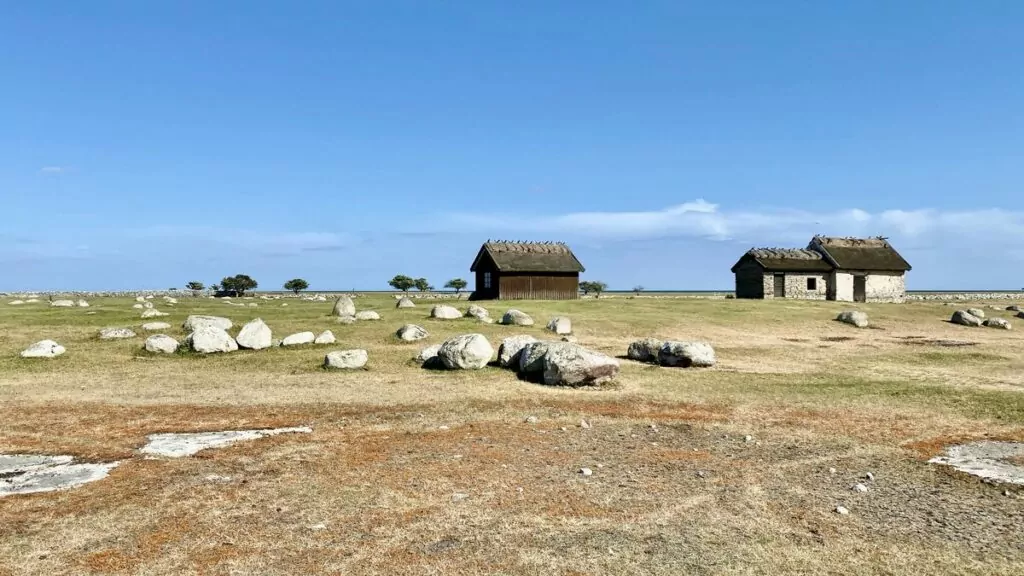
5. Visby
A most outstanding example of a northern European walled Hanseatic city with valuable architecture, within the well-preserved wall, medieval church ruins and warehouses stand side by side with stone and wooden houses from later periods.
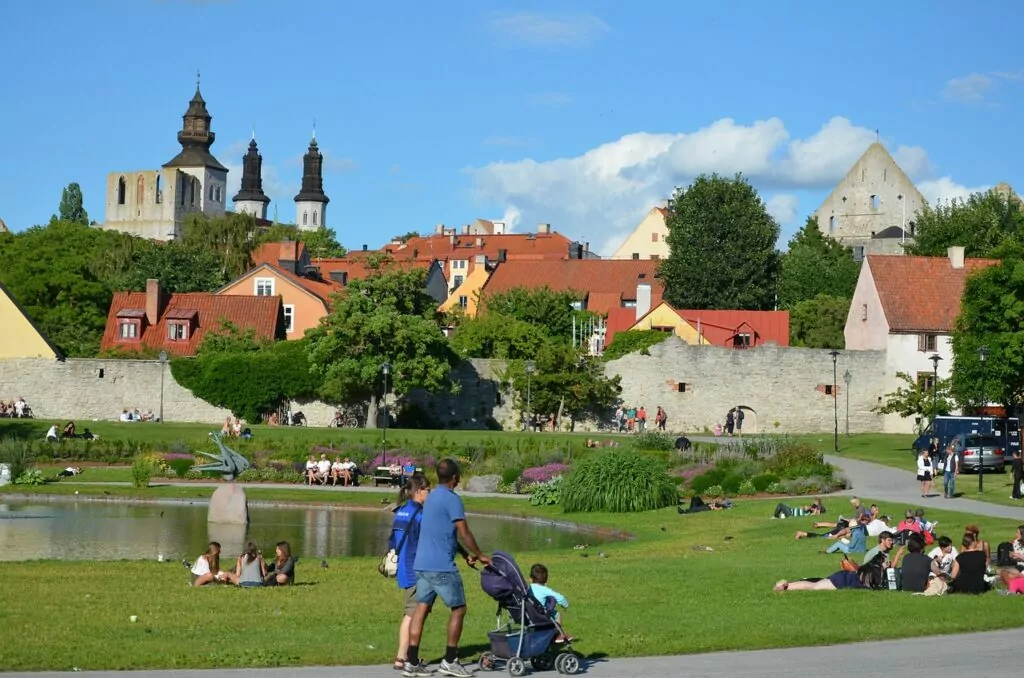
6. Forest cemetery
Skogskyrkogården was designed between 1915 and 1940 by architects Gunnar Asplund and Sigurd Lewerentz. The cemetery has 100,000 graves, making it the largest in the country in terms of number of graves. There are also 10 000 pine trees, many of which are over 200 years old, and a 3.6 kilometre long stone wall.
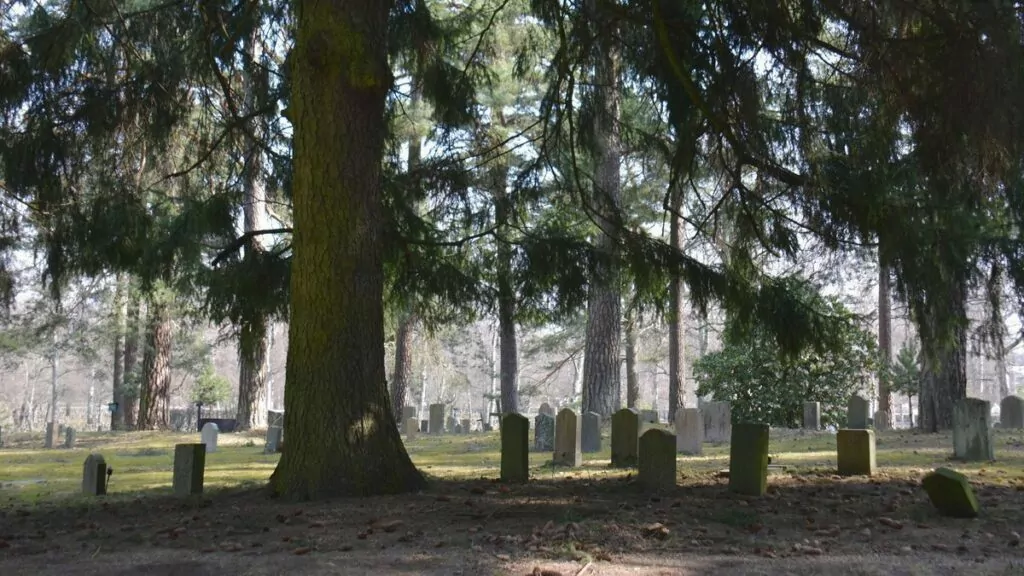
7. Birka, Björkö - Swedish UNESCO Heritage Route
Boat from Adelsö to Birka Viking town and museum. Birka, also known as Sweden's first town. Birka Viking Town is located on the island of Björkö in Lake Mälaren - the most important trading centre for the Vikings. Stroll around the reconstructed Viking village with its period forges and weaving sheds.
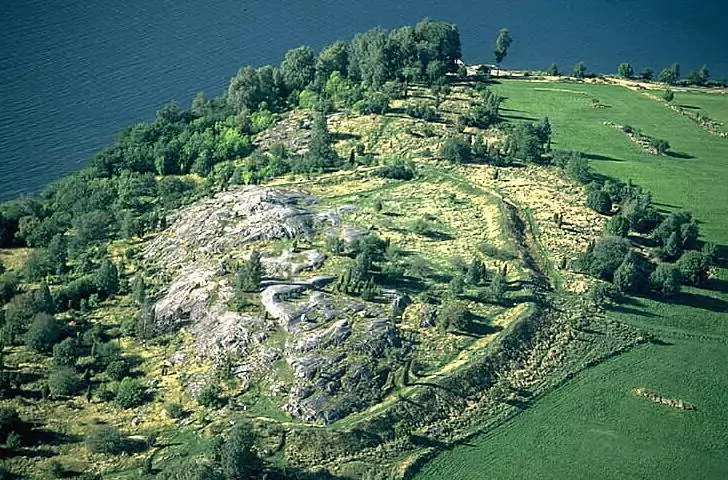
8. Drottningholm Castle
Drottningholm Palace in Stockholm was built in the 17th century and became a UNESCO World Heritage Site in 1991. The palace was built after French models by architect Nicodemus Tessin the Elder, on behalf of Queen Hedvig Eleonora.
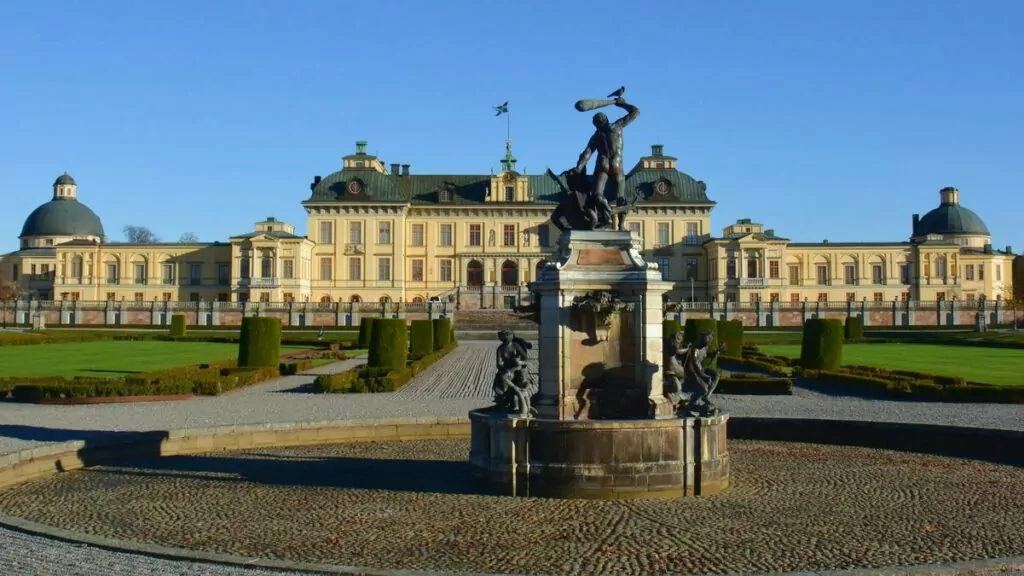
9. Engelsberg Mill
Engelsberg Mill is a former ironworks located on Lake Åmänningen just outside the town of Ängelsberg. Engelsberg Mill is considered to be a well-preserved industrial heritage site and was designated a World Heritage Site in 1993. The historical facility is part of the Ekomuseum Bergslagen.
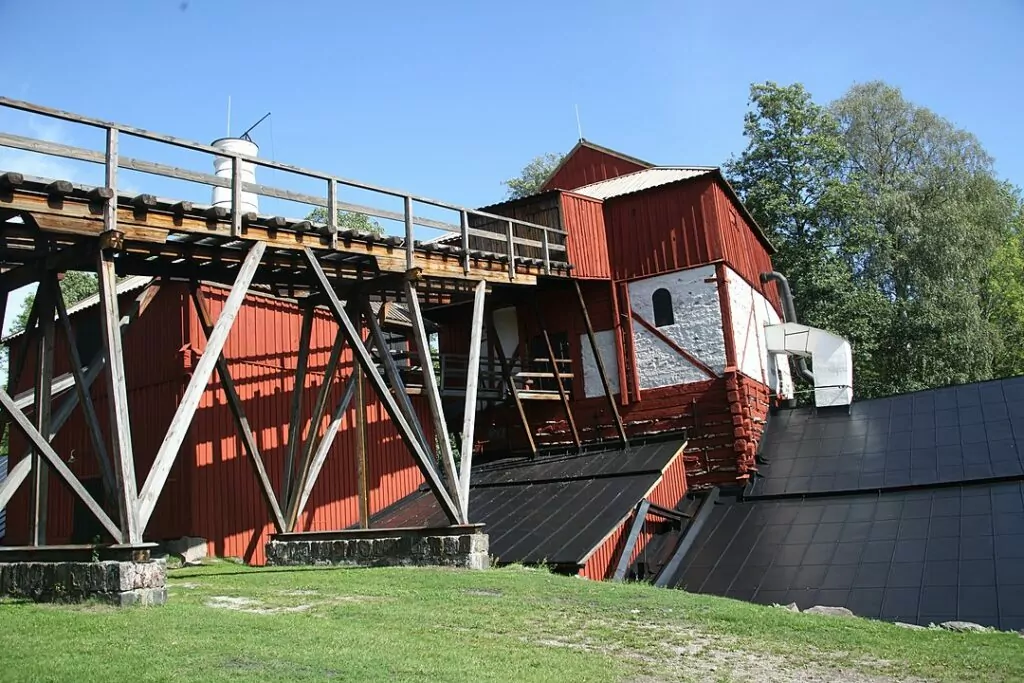
10. Falu copper mine
The Falu mine is a former copper mine located about one kilometre southwest of the centre of Falun. Mining began possibly as early as 800 AD and ceased in 1992. During its heyday, the mine was one of Sweden's largest mines and has been a World Heritage Site since 2001.
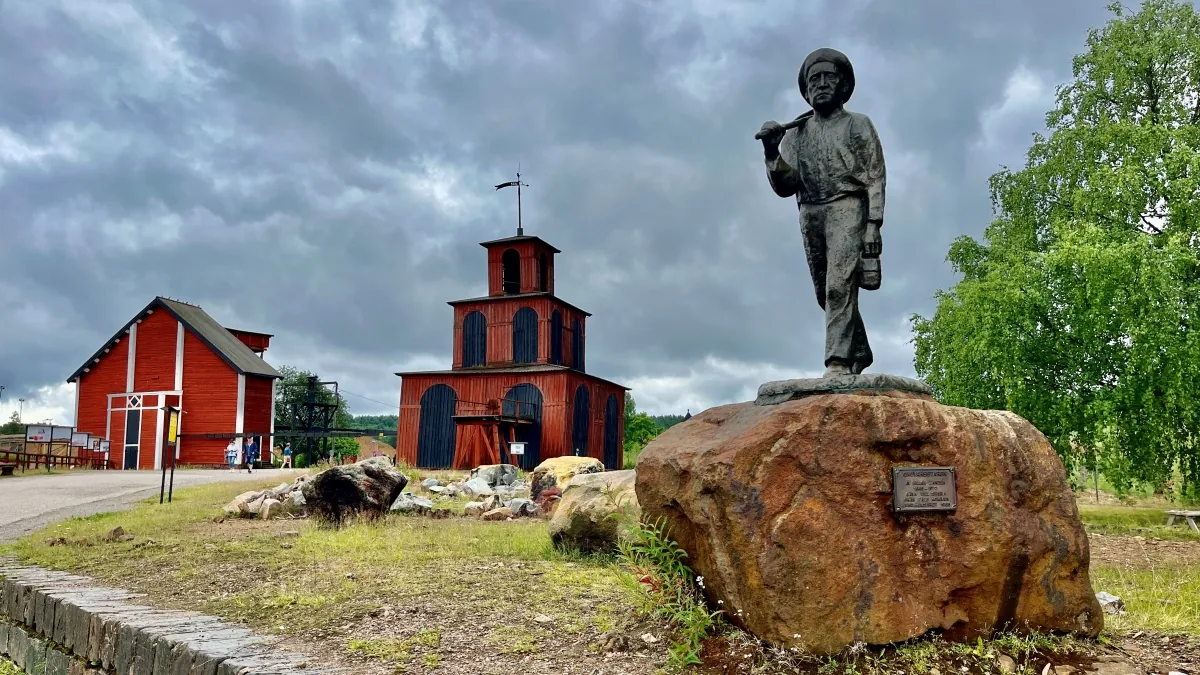
11. Hälsingegården Erik-Anders in Asta
Seven Hälsingland farms are part of the UNESCO World Heritage Site of Hälsingland and some of them you can even stay overnight at. Experience a unique environment in Sweden.
- Erik-Anders in Asta, Söderala
- Jon-Lars in Alfta, Långhed
- Pallars, Alfta in Långhed
- Guest house in Vallsta, Arbrå
- Kristofers in Stene, Järvsö
- Bommars in Letsbo, Ljusdal
- Fågelsjö Gammelgård in Los, Ljusdal
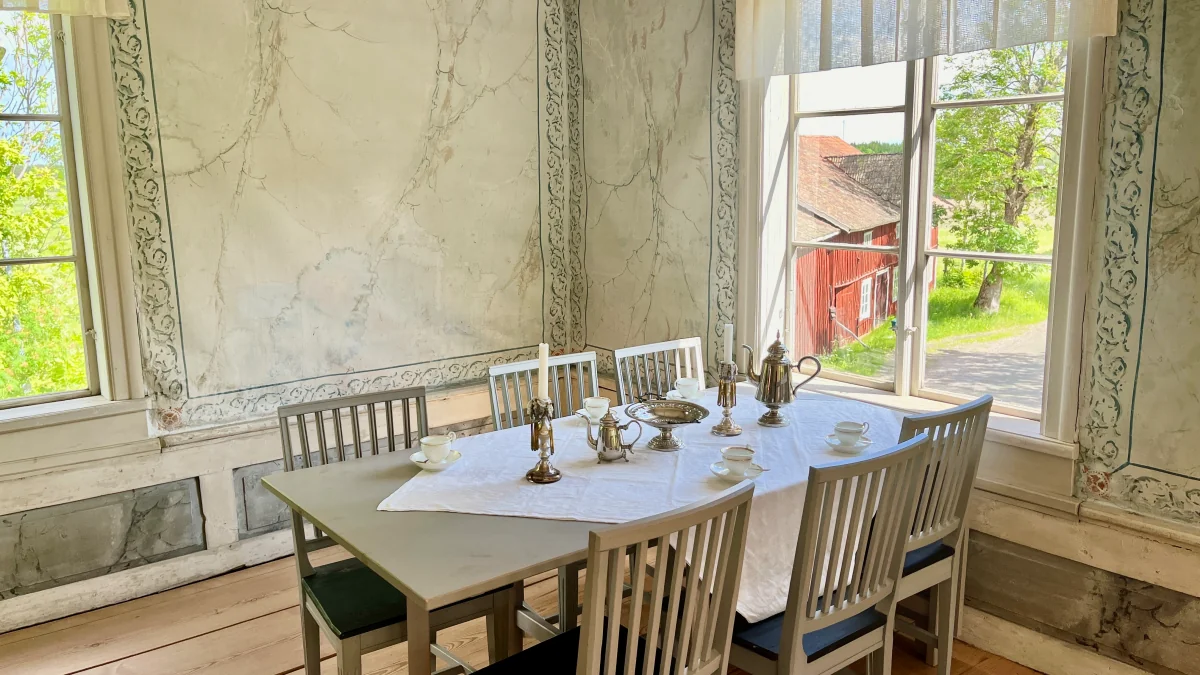
12. High coasts
The High Coast/Kvarken Archipelago is a World Heritage Site in Finland and Sweden. It consists of parts of the Kvarken Archipelago and the High Coast. The High Coast consists of an area covering 625 km² of land and 800 km² of sea, while the Kvarken Archipelago covers 292 km² of land and 1652 km² of sea.
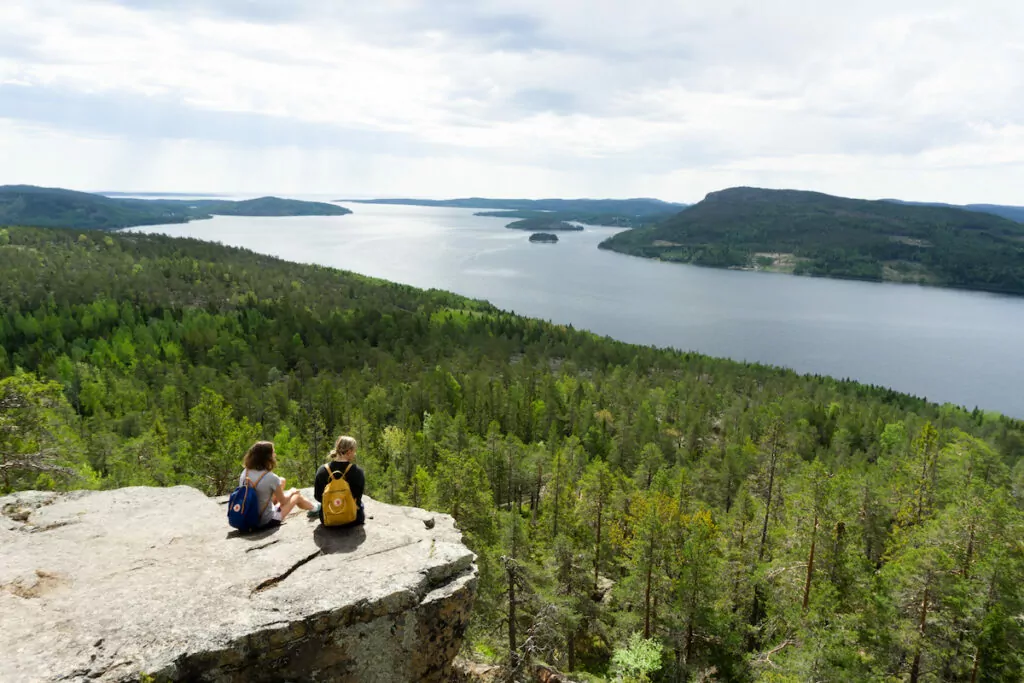
13. Gammelstad church town
Gammelstads kyrkstad is a collection of church cottages and church stables around Nederluleå church in Gammelstad outside Luleå, where long-distance parishioners had their fixed point when visiting the church. The area has been on the UNESCO World Heritage List since 1996.
